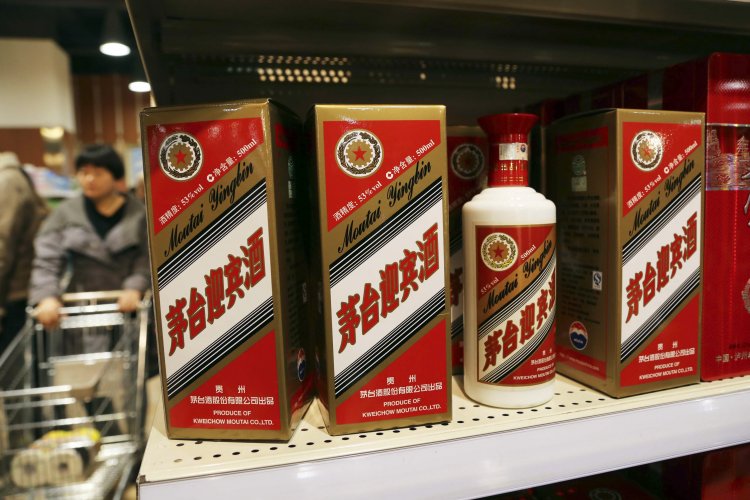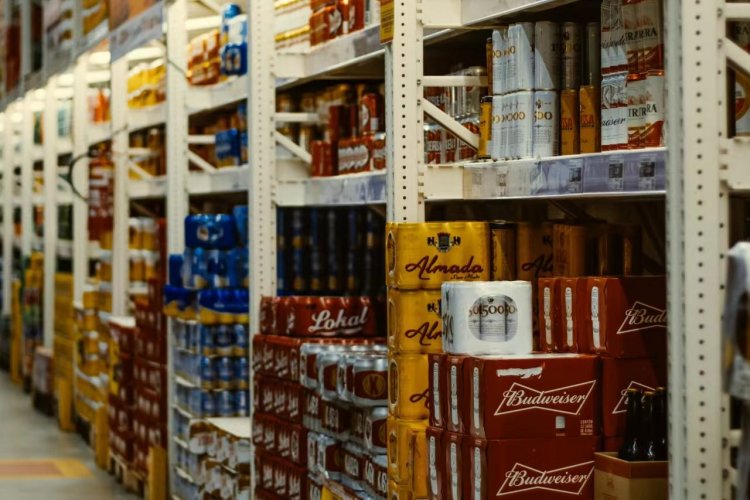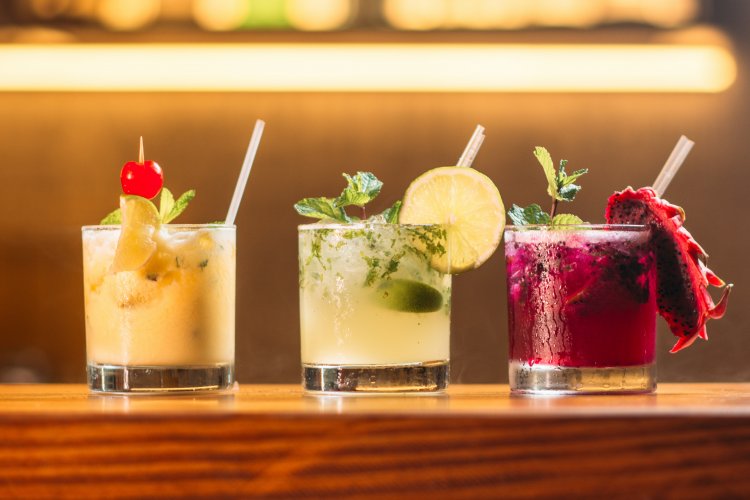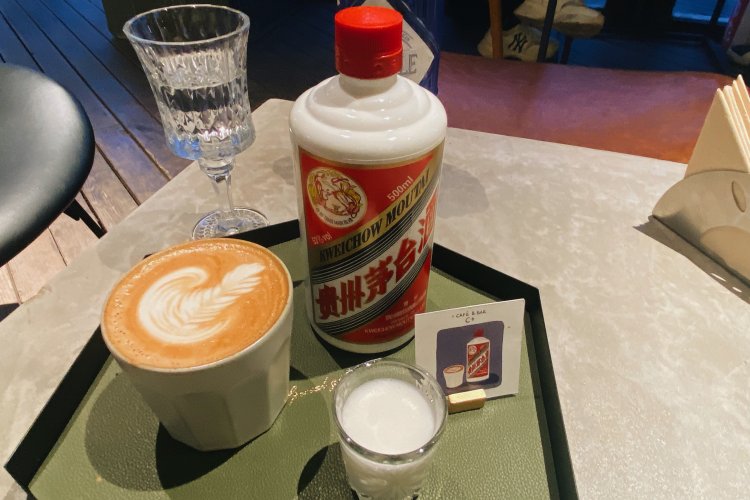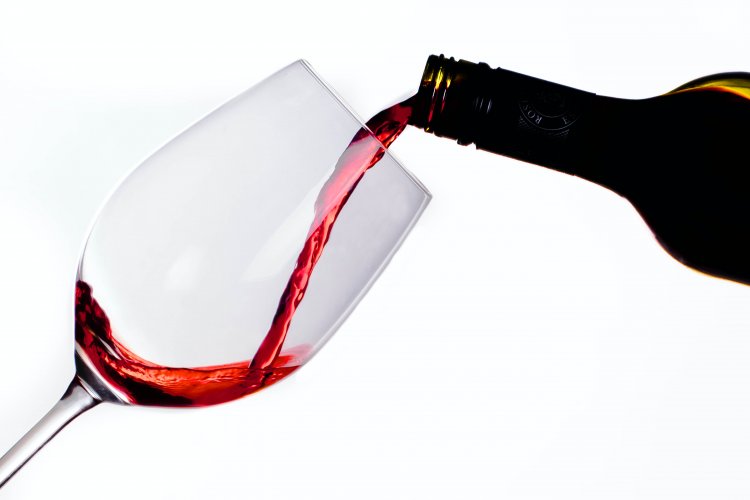Baijiu Brief: Getting Familiar With the White Spirit
Haterz gonna hate, wrote Li Bai or Tao Qian or some other ancient deep thinker/drinker on the topic of baijiu bashers. Thing is, some haters end up drinking more and hating less. And some even start liking.
Such was the case with Derek Sandhaus, whose introduction to baijiu came via those ganbei sessions that blur vision and slur speech, sear the throat and shock the liver, and leave a telltale aroma wafting from the pores for a day or two. Too many bottoms ups typically leave one curled under the table with a growing resentment of the booze responsible.
But unlike many of us with nightmarish experiences of a given alcohol – I know a small city’s worth of people who gag at a mere whiff of tequila – Sandhaus utilized his spare time in China to embrace the liquid demon and create a blog called 300 Shots at Greatness. The title of the blog, which led to his book Baijiu: The Essential Guide to Chinese Spirits being published last month by Penguin, refers to a supposed threshold of drinking that ultimately determines whether one becomes a lover or hater of this spirit.
It turns out Sandhaus began to appreciate baijiu by shot sixty. Not everyone can say the same or display a fraction of his interest.
Case in point, I took the overnight train to Shanghai last June to ensure early arrival at a 10am trade tasting of eighty-plus baijius he organized. My fear of supplies running dry were unfounded as only one other person arrived before lunch. But those were hours well spent given the baijius were arranged by fermentation method and thus easy to compare and contrast. Instead of the usual one-dimensional experience of knocking back shots, I took my time sniffing and sipping and finding an impressive range of aromas and flavors – from cooked rice, bean paste and fresh bread to chamomile, pineapple and dried plum to peppercorn, anise and solvent to vegemite, blue cheese and stinky tofu.
When Sandhaus spoke at the Bookworm Literary Festival last month he faced a full room of 50 people, who wanted not only to learn more about baijiu but also to sample the four bottles on hand. It was as close to a baijiu love-fest as I’ve seen.
You can find upwards of 80 options in Sandhaus’ book, an especially handy volume for those unable to read Chinese characters since it includes photos of the baijiu bottles and thus makes shopping easy.

